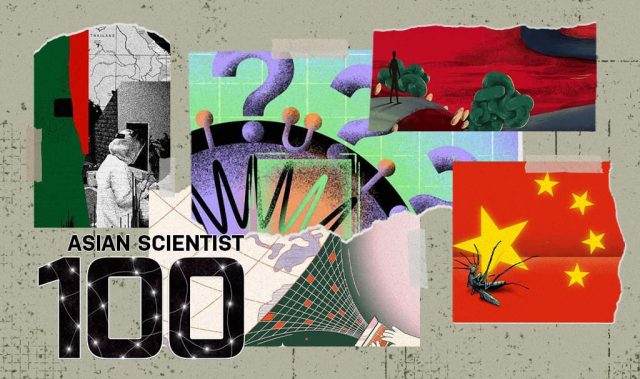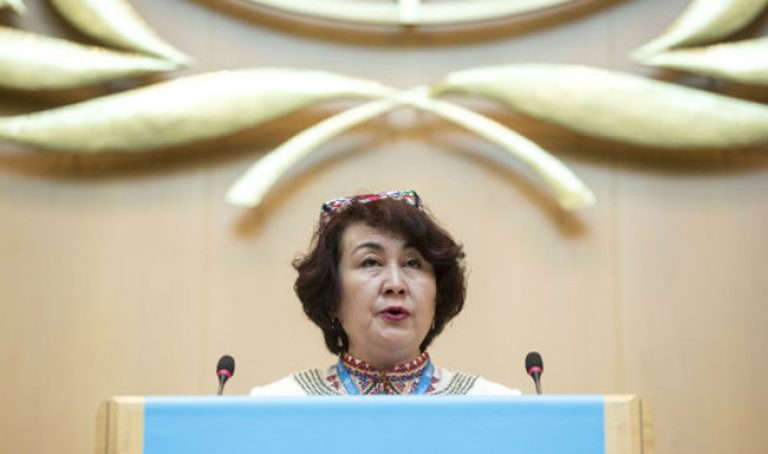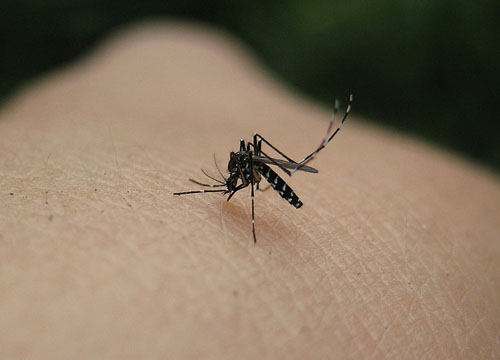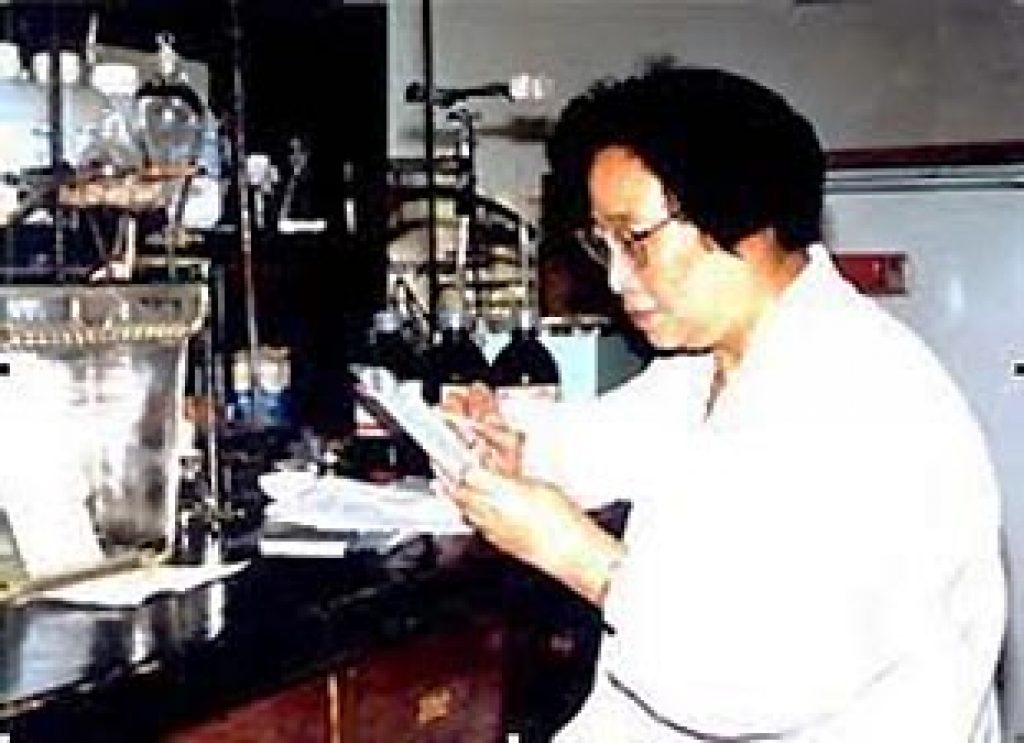
AsianScientist (Sep. 12, 2011) – This year’s Lasker DeBakey Clinical Medical Research Award goes to 81-year-old Tu Youyou (屠呦呦) for the discovery of artemisinin and its use in the treatment of malaria – a medical advance that has saved millions of lives across the globe, especially in the developing world.
The Award, announced today by the Albert and Mary Lasker Foundation, carries a US$250,000 prize per category and is widely considered to be the most prestigious medical award in the United States.
Tu’s pioneering work on malaria began amid the Chinese Cultural Revolution in the 1960s when the Chinese government launched a clandestine military research program aimed at finding a remedy for the deadly scourge.
The operation, dubbed Project 523 for the day it was announced (May 23, 1967), set out to battle the disease which was developing resistance to chloroquine, the standard of care for malaria at that time.
Tu combed ancient texts and folk remedies for possible leads, and by 1971, had made 380 extracts from 200 herbs. Her team then tested the extracts individually against the malaria-causing parasite from infected mice.
One of the extracts from Qinghao — Artemisia annua L., or sweet wormwood (青蒿素) — dramatically inhibited parasite growth in the animals.
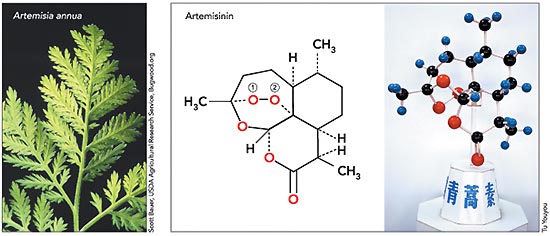
However, the results were not reproducible, so Tu refined the extraction process at low temperatures and removed a harmful acidic portion of the extract that did not contribute to antimalarial activity. These steps helped to boost potency and reduce toxicity.
At a March 1972 meeting of the Project 523 group’s key participants, Tu reported that the neutral plant extract wiped out the malarial-causing agent in the blood of mice and monkeys. A purified version obtained later that year was shown be effective in treating human patients.
The first English-language scientific literature citing successful clinical trials for artemisinin appeared in late 1979 and two years later, Tu presented her findings at an international meeting sponsored by the World Health Organization (WHO), the World Bank, and United Nations Development Business (UNDB).
Artemisin is still the most powerful anti-malarial drug currently available, and an artemisinin-based drug combination is now the standard regimen for the disease. The WHO lists artemisinin and related agents in its catalog of “Essential Medicines.”
In 2008, 247 million people were infected with malaria which led to almost one million deaths. Pockets of resistance have cropped up and since 2006, the WHO has recommended treatments that combine an unrelated chemical with an artemisinin-based compound.
“Today it is clear that Tu’s insight and vision have saved millions of lives, particularly in the developing world, and continues to yield long-term medical benefits in the ongoing fight against this deadly disease,” the Lasker Foundation writes.
Other 2011 Lasker Award winners are Dr. Arthur L. Horwich and Dr. Franz-Ulrich Hartl in the basic medical research category for their discoveries about protein folding.
——
Source: Lasker Foundation.
Disclaimer: This article does not necessarily reflect the views of AsianScientist or its staff.




